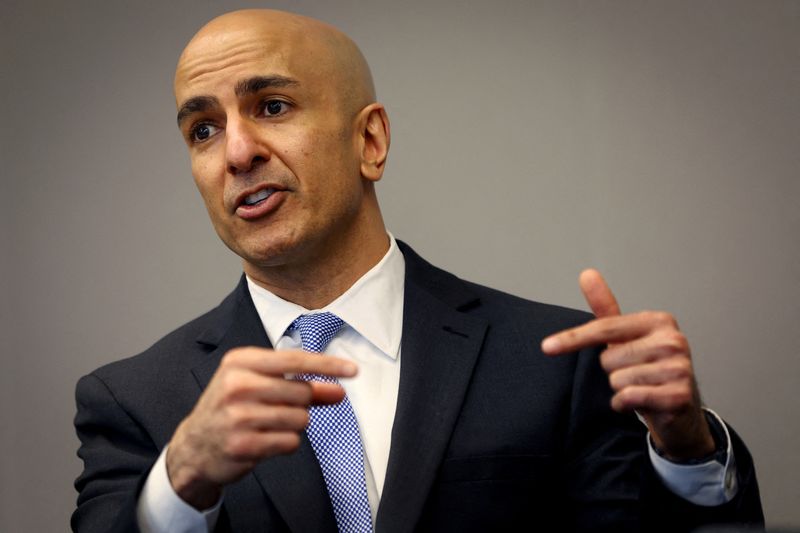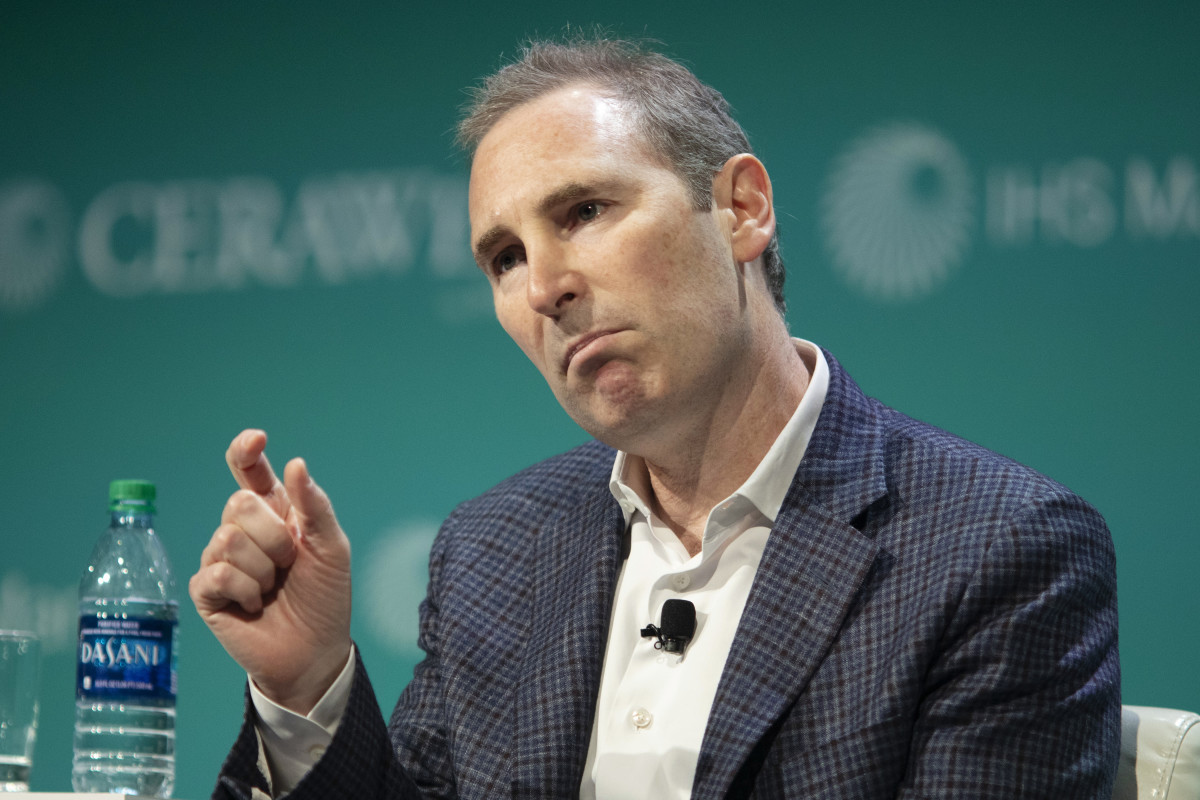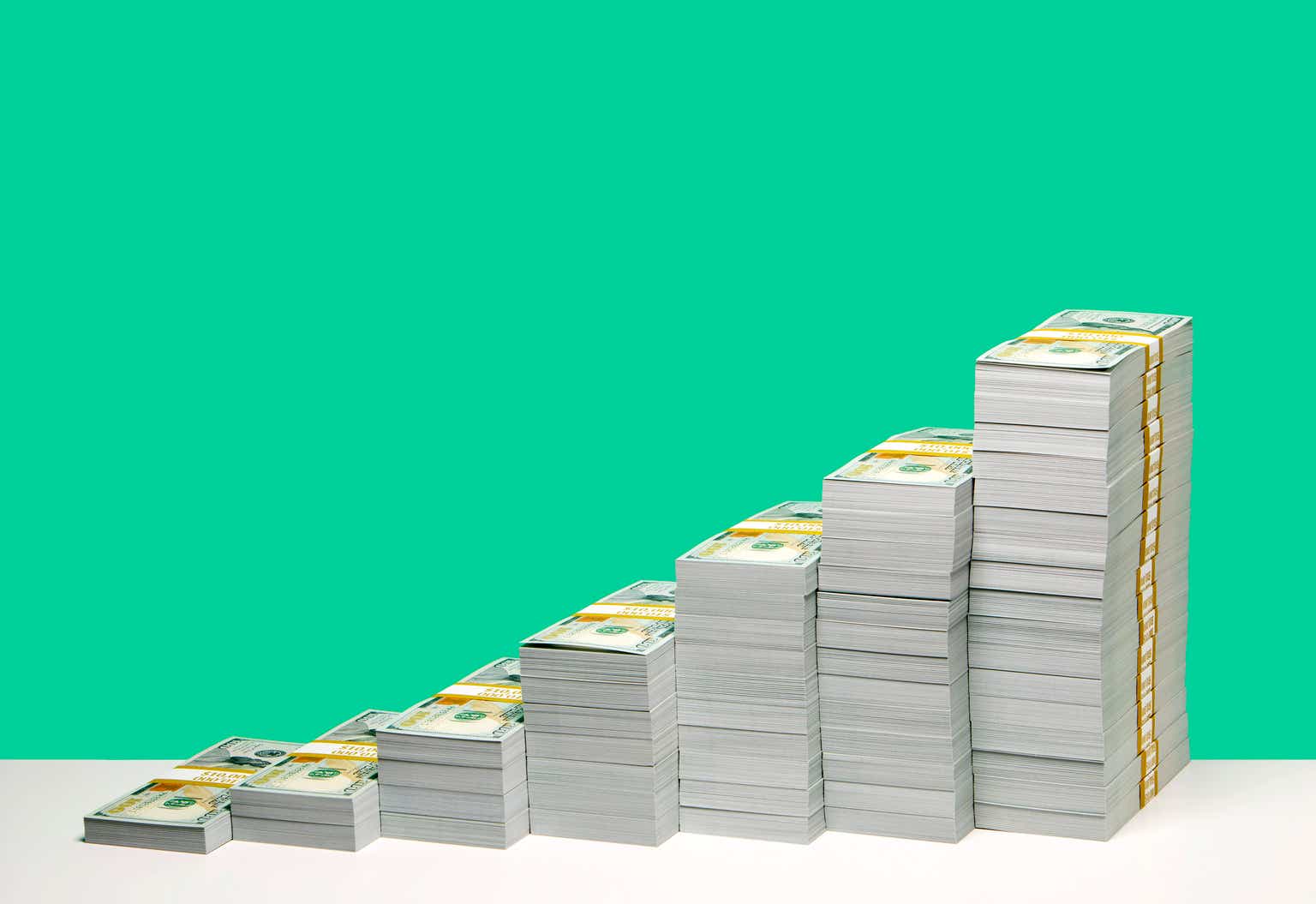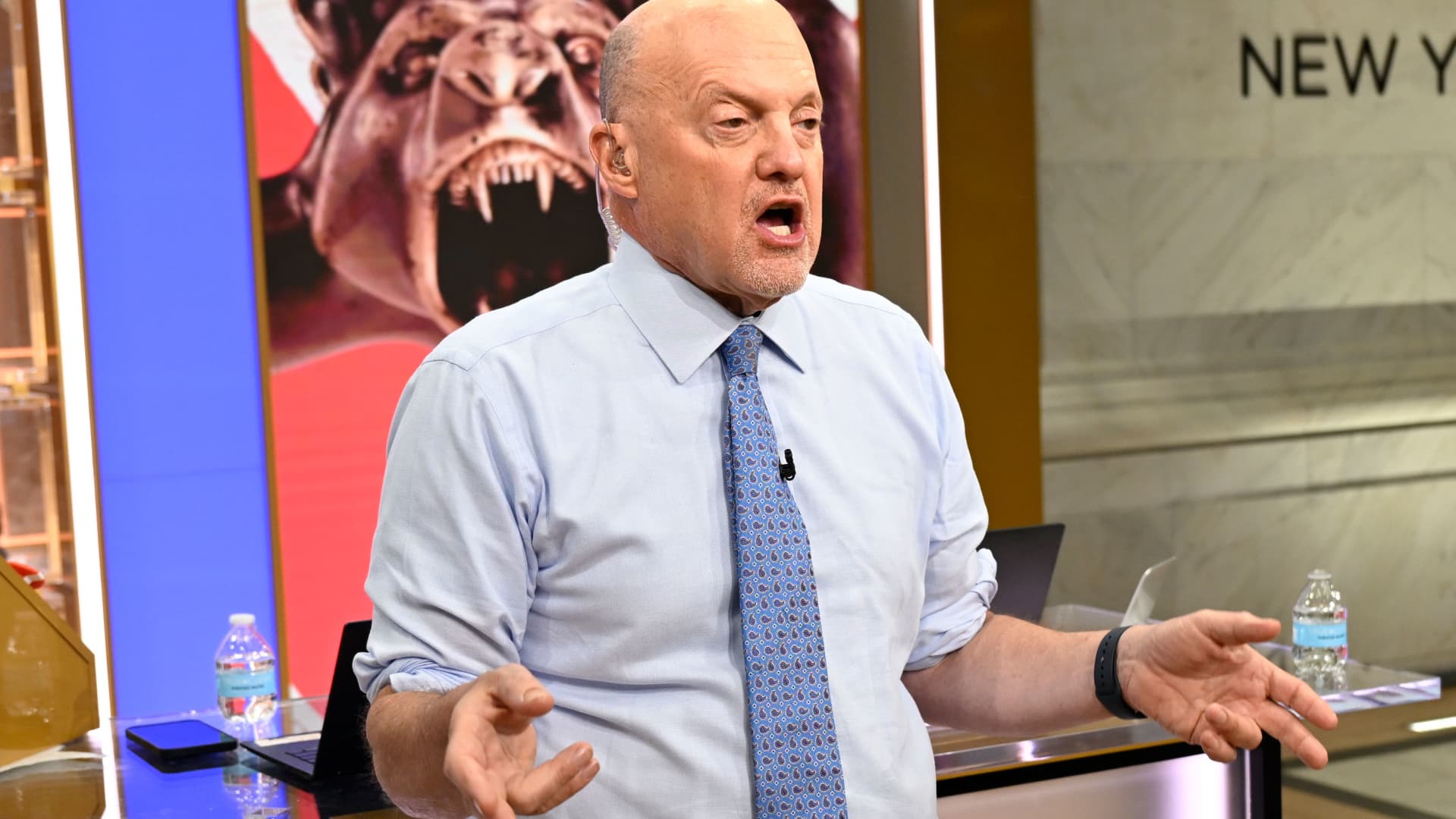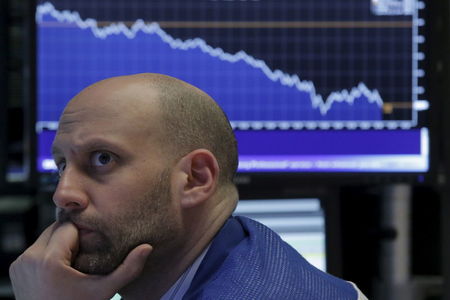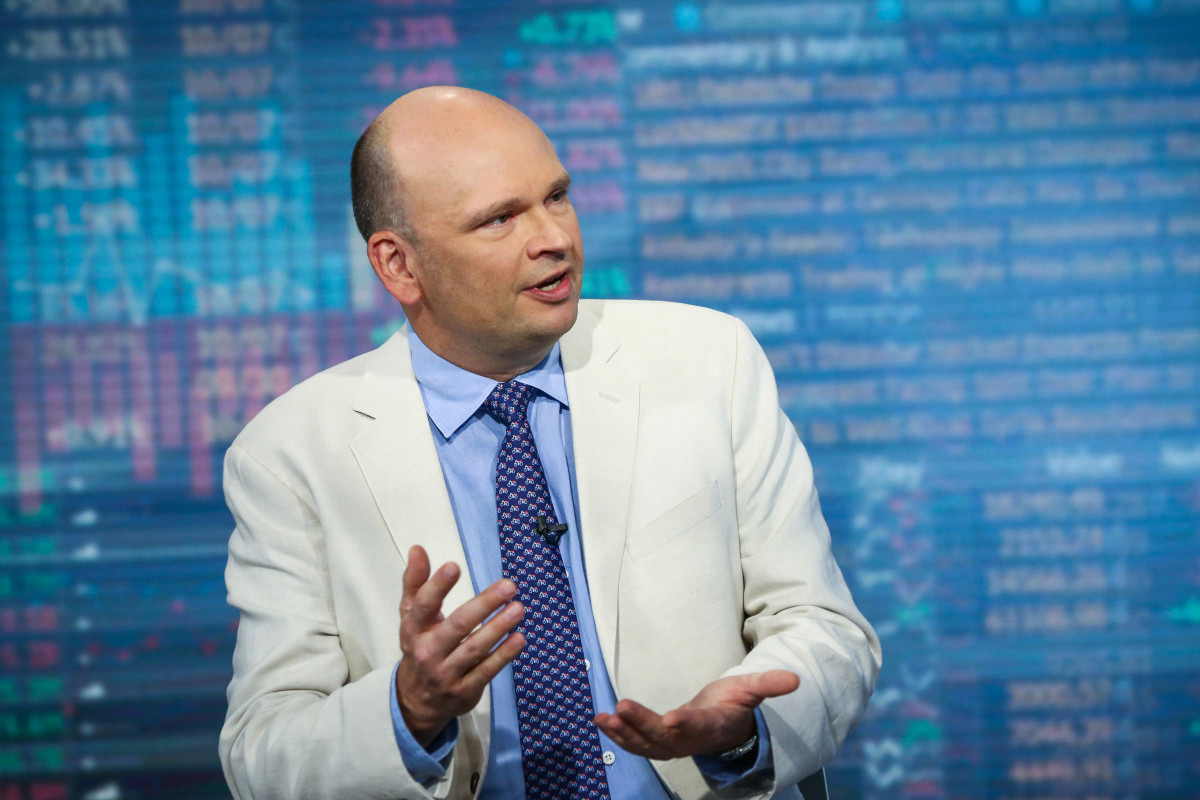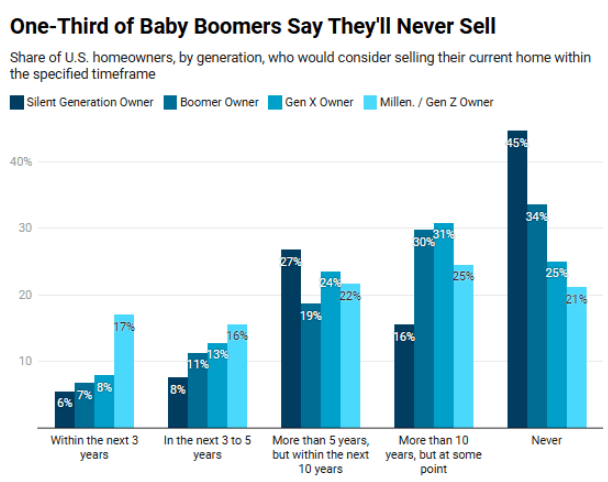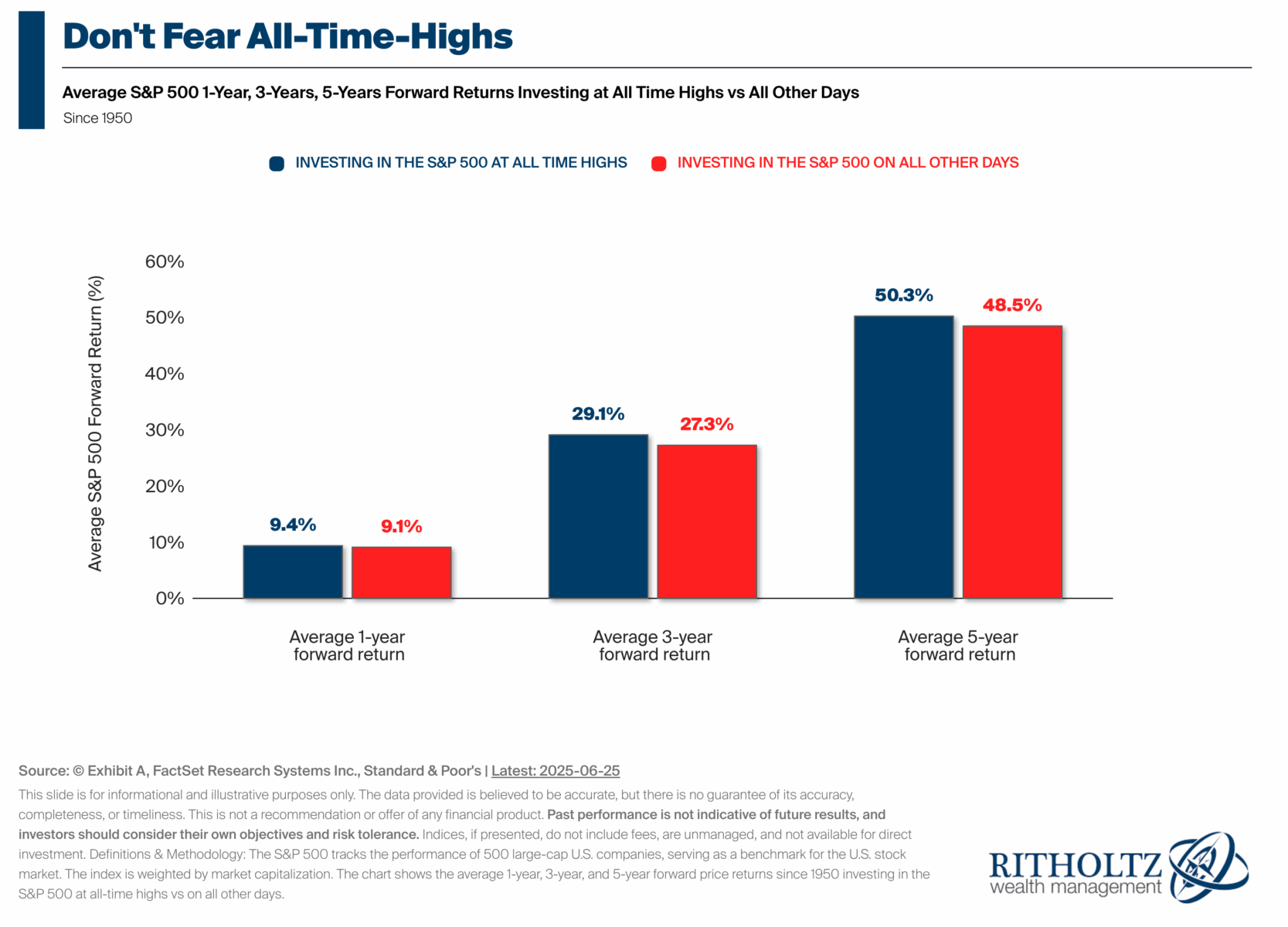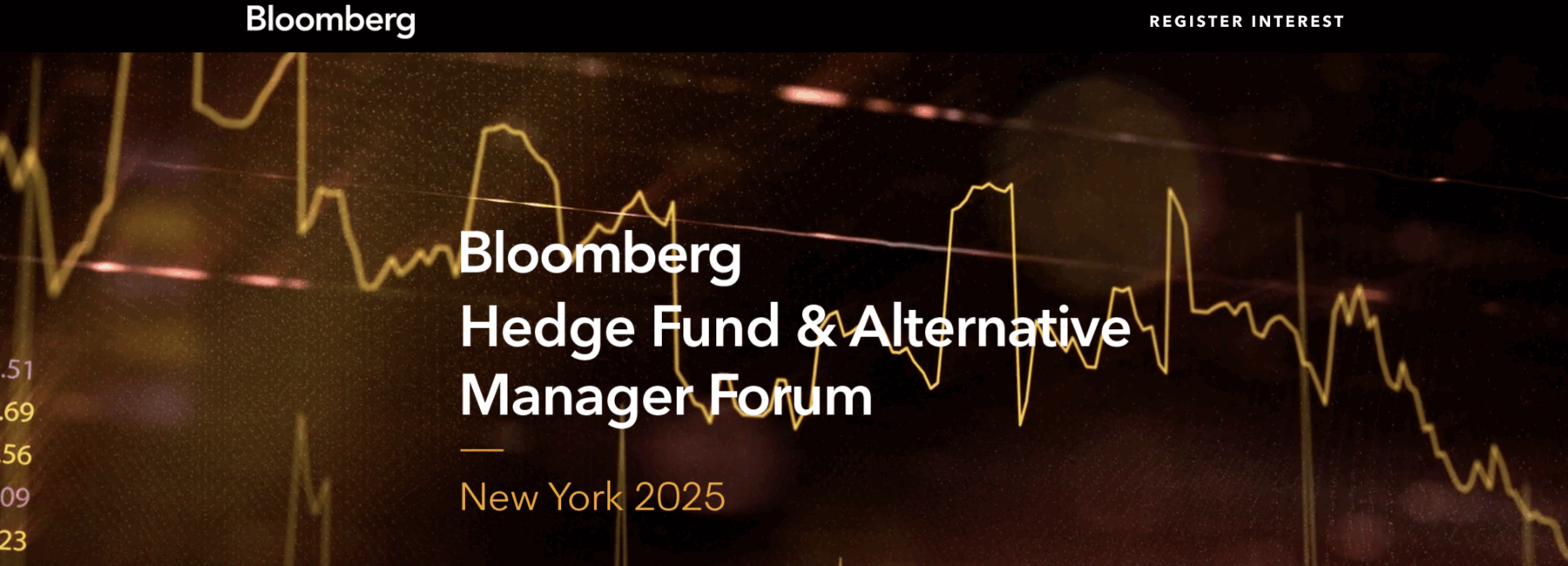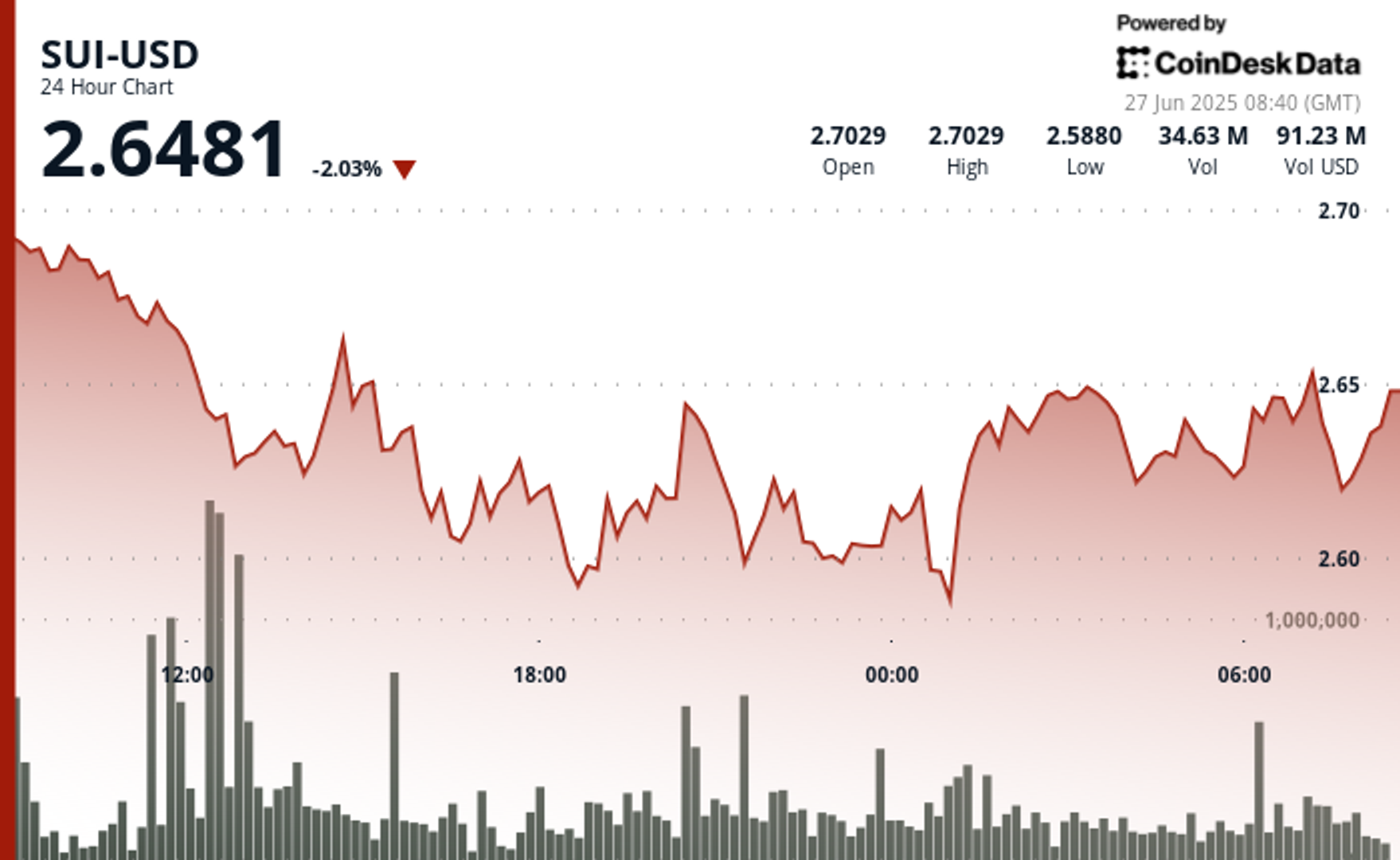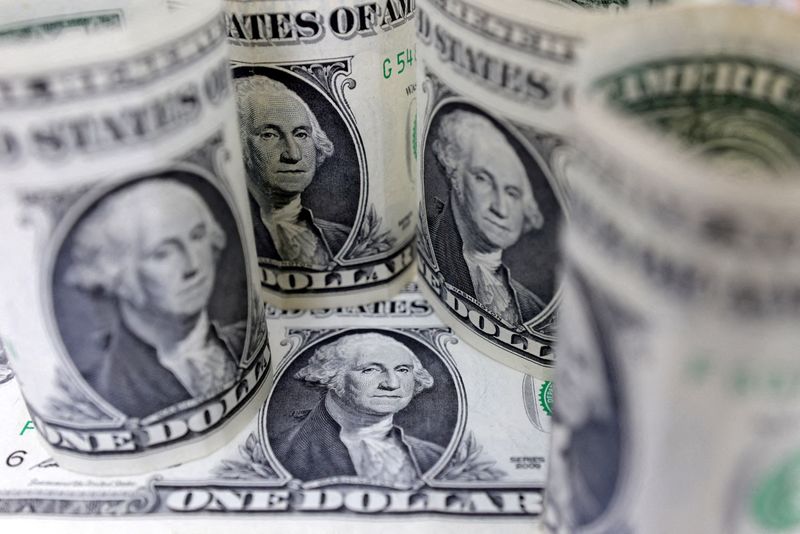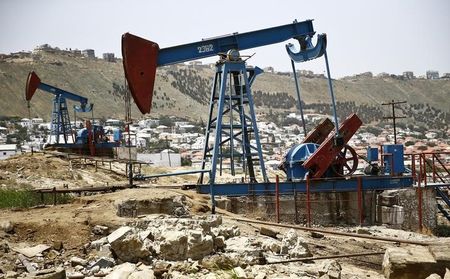New York is America’s worst place for a ‘cheap date.’ Here are the best cities to be romantic on a budget
Renters in the Big Apple also have much less money to splurge, according to an annual report from the Deutsche Bank Research Institute.

- The rising cost of dinner and a movie partly reflects the effects of a strong dollar and “U.S. exceptionalism” in capital markets. Americans benefit from cheaper clothes and taxi rides versus peer cities abroad, but the average New Yorker’s disposable income takes a massive hit from rent, even compared to other major U.S. cities.
If you feel like it’s getting harder to treat your partner to a night out without breaking the bank, you’re right. New Yorkers, specifically, probably won’t be surprised their city is the most expensive place to date in the U.S., but it could be worse.
Courting in five European cities—Geneva, Zurich, Copenhagen, Oslo, and London—is even pricier than in the Big Apple, according to the latest “Cheap Date” Index from the Deutsche Bank Research Institute. As the chart below shows, romance has become less affordable across the U.S. since the bank published its first annual report tracking worldwide prices in 2012.
The rising cost of dinner and a movie reflects a wider trend: Besides recent inflation, a strong dollar and the preeminence of U.S. capital markets have pushed prices up across America over the last decade-plus.
Still, the index suggests several major American cities offer a cheaper night out than metropolises in Europe and elsewhere. Out of 69 cities, ranked by most to least expensive, San Francisco (No. 13) sits behind Tel Aviv (No. 7), Amsterdam (No. 10), and Dublin (No. 12). A romantic gesture in Chicago (No. 26) and Los Angeles (No. 27) also doesn’t set lovers as far back as in Milan (No. 16), Paris (No. 18), or even Buenos Aires (No. 22).
Two elements of the index particularly favor the U.S. First, taxi rides in America are relatively cheap compared to most of the developed world. That likely hints at the industry’s massive disruption prompted by Uber and other ride-hailing apps, which have often been much more limited by regulation in Europe.
Meanwhile, as a proxy for a casual outfit, the index uses a pair of Levi jeans and a summer dress. Both inclusions favor the U.S., especially when it comes to the cost of denim.
New York rents eat up salaries
Many New Yorkers, however, might find it much harder to splurge than their peers in other major American cities. Unsurprisingly, the largest economy in the world is a magnet for high earners: San Francisco, Boston, Chicago, and New York all rank in the top seven for salary after taxes.
By Deutsche’s metrics, however, New York is by far the costliest place to rent in the world. All the other major U.S. cities also place in the top 11 for renting a one- or three-bedroom apartment, but the latter is, on average, almost half the price in Chicago. The situation is much different when it comes to buying a house: New York is seventh, just behind London, but no other American metropolis falls in the top 15.
As the chart below shows, that means the average wallet in New York is much lighter than in other U.S. cities. Most American metropolises perform well in the report’s measure of disposable income, particularly San Francisco (No. 3), Boston (No. 7), and Chicago (No. 8). New York, however, comes in No. 41, sitting behind Vancouver (No. 33), Warsaw (No. 39), and Prague (No. 40).
A similar story plagues the likes of Paris (No. 27), Tokyo (No. 37), and London (No. 38), where rents are also high relative to average salaries. The report cautions, however, that high levels of income inequality—particularly in the Big Apple—mean averages don’t paint the full picture.
That’s also important to remember when evaluating the report’s annual quality of life index, a subjective measure that includes the cost of living but also factors like commute times, pollution, crime, and healthcare availability. Global financial hubs like New York and London, both tied for No. 50 out 69, struggle mightily, with most major cities in emerging markets performing even worse.
Regardless, much has changed since Deutsche Bank first published its report on worldwide prices 14 years ago. Coming off the Global Financial Crisis, American cities were a bargain compared to many peer cities in the developed world, noted Jim Reid, the bank’s global head of macro and thematic research, and research analyst Galina Pozdnyakova.
“Fast-forward a decade or so and the U.S. is now jostling with Geneva and Zurich at the top of many of the charts. Yes, a strong dollar helped—but the story runs deeper: it’s a tale of U.S. exceptionalism, Wall Street strength, and a tech sector that’s gone global (but has remained American led),” they wrote.
However, that trend may have peaked, they added. The dollar has dropped more than 10% against a basket of currencies this year, and many on Wall Street—and in President Donald Trump’s administration—believe the greenback’s decline has been a long time coming. Therefore, relative prices in U.S. cities might start dropping in future rankings. The issue of housing costs, however, probably won’t be fading from New Yorkers’ minds any time soon.
This story was originally featured on Fortune.com








